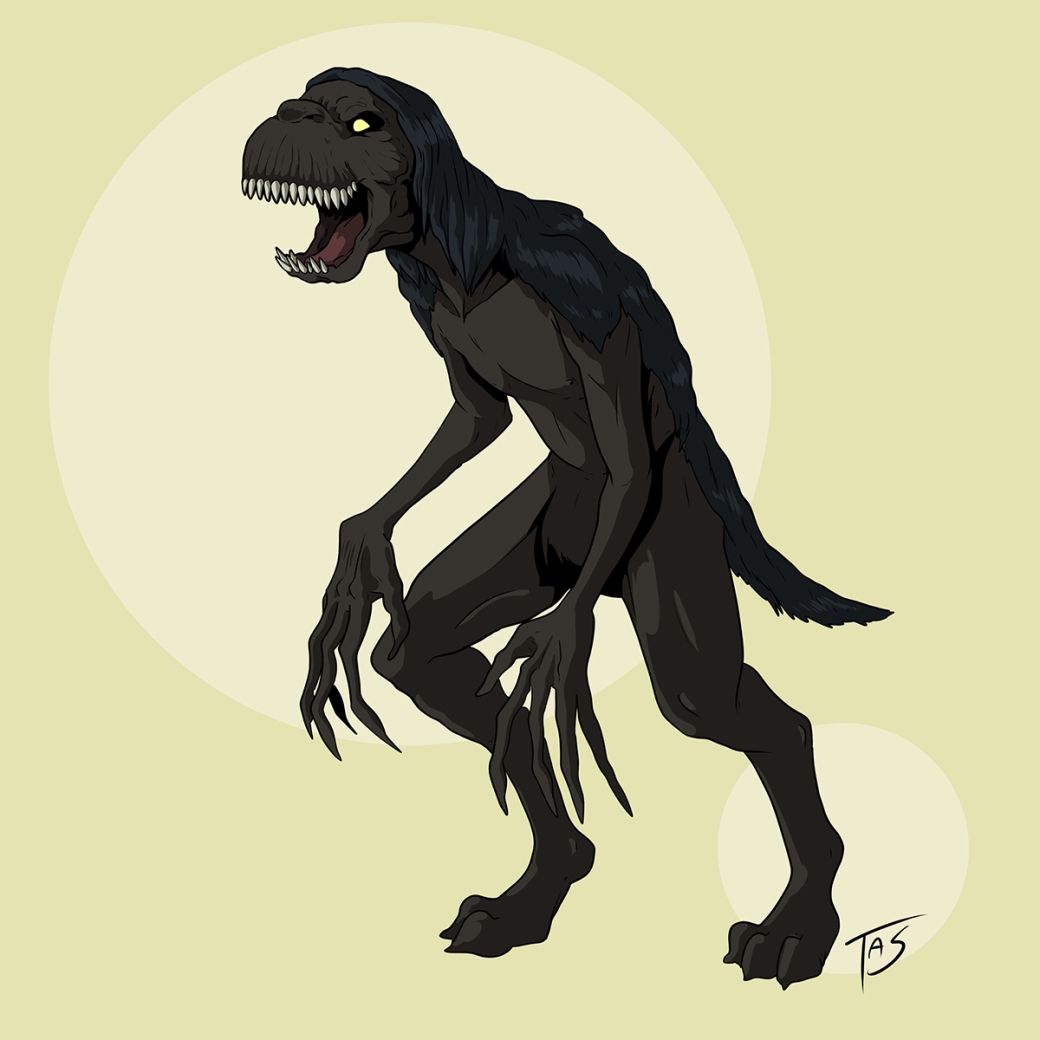
The Banshee of Marrtown
Region of origin: Marrtown, West Virginia
As people emigrate to new lands, the creatures and figures of their folklore may travel along with them and as a result, tales of banshees in America have cropped up around communities where Scottish and Irish immigrants have resettled. One such instance is the banshee which haunted Thomas Marr and his family. Marr settled Marrtown with his wife Mary in 1836, and historical details may vary the legend of the banshee states he farmed and picked up extra income by serving as a night watchman at a nearby toll bridge on the Little Kanawha River. Thomas would tell his wife that on several nights on the way to and from the bridge, he would encounter a grey-robed figure on a white horse but was never able to see their face. Then one night in February of 1876, while Mary was waiting for her husband to return, the horse and rider approached the home’s front gate. Going out to meet the rider, Mary saw it was a woman with glowing red eyes. The woman would tell Mary that Thomas had died that night before she rode off, vanishing into the mists of the early morning. The message was confirmed as Thomas’ replacement came to relieve him, the body was found in the Little Kanawha, with conflicting reports saying he had been shot in a robbery, fallen into the river and drowned or was simply scared to death by the banshee’s wail. The banshee would later return when Mary passed and a horrible scream could be heard throughout the house, and was said to either appear or otherwise make its presence known to those of the Marr family line through the decades.
[Sources referenced: X | X | X ]









